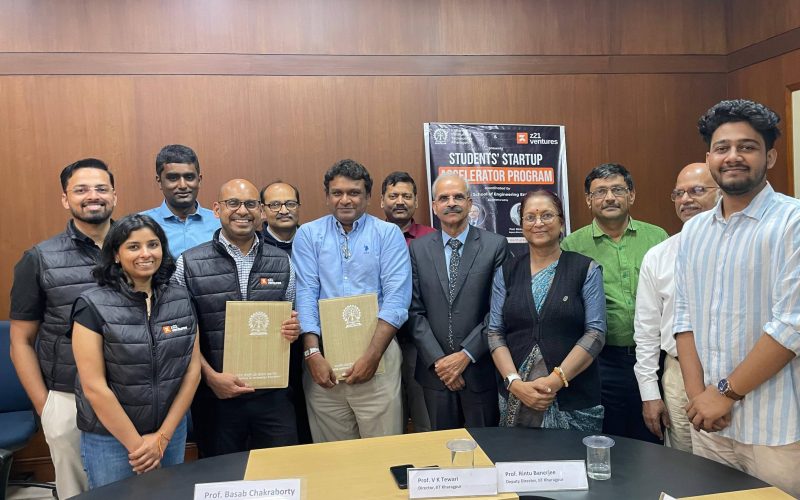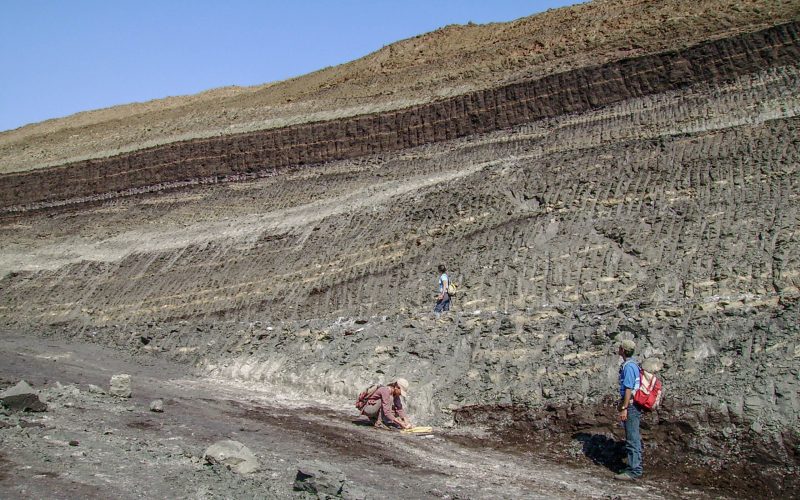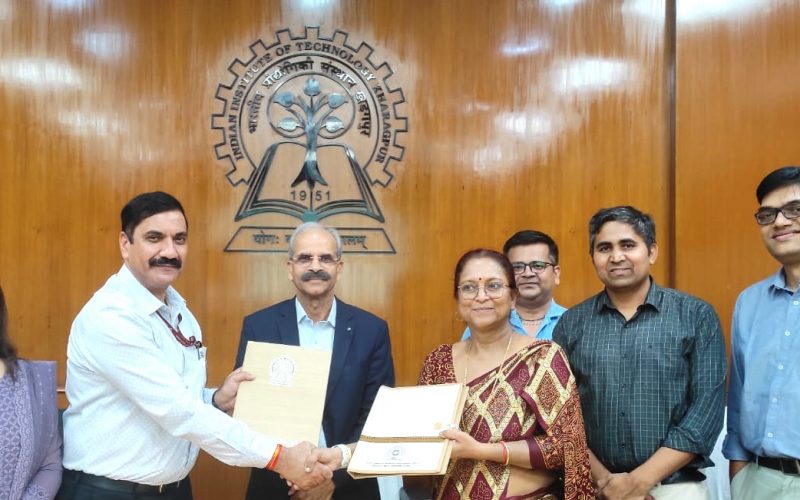
IIT Kharagpur Partners with z21 Ventures, founded by IIT Alumni, to Launch ‘KGP Forge Entrepreneur’ a Start-up Accelerator Program
In a powerful move to spark innovation and drive entrepreneurship among the brightest minds in India, Rajendra Mishra School of Engineering Entrepreneurship, IIT Kharagpur has joined forces with z21 Ventures, an early-stage, operator-led venture capital firm founded by esteemed IIT Kharagpur alumni. This partnership heralds the launch of a ground-breaking startups accelerator program tailored for final-year students, setting the stage for a new era of entrepreneurial excellence. The MoU was signed today in…



